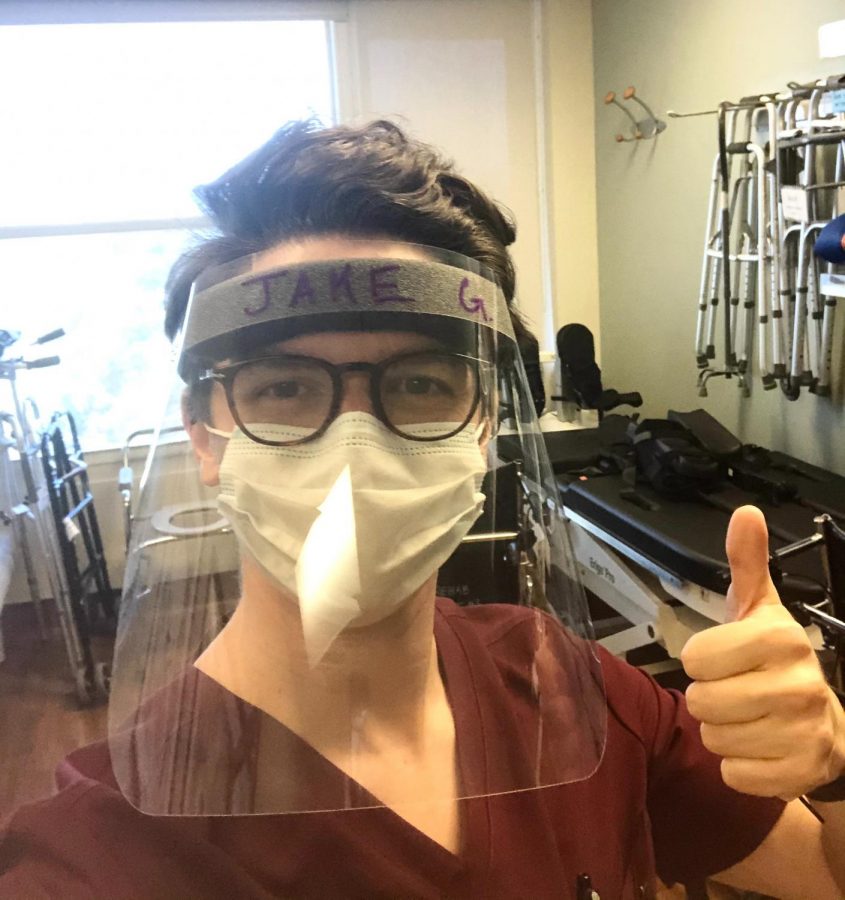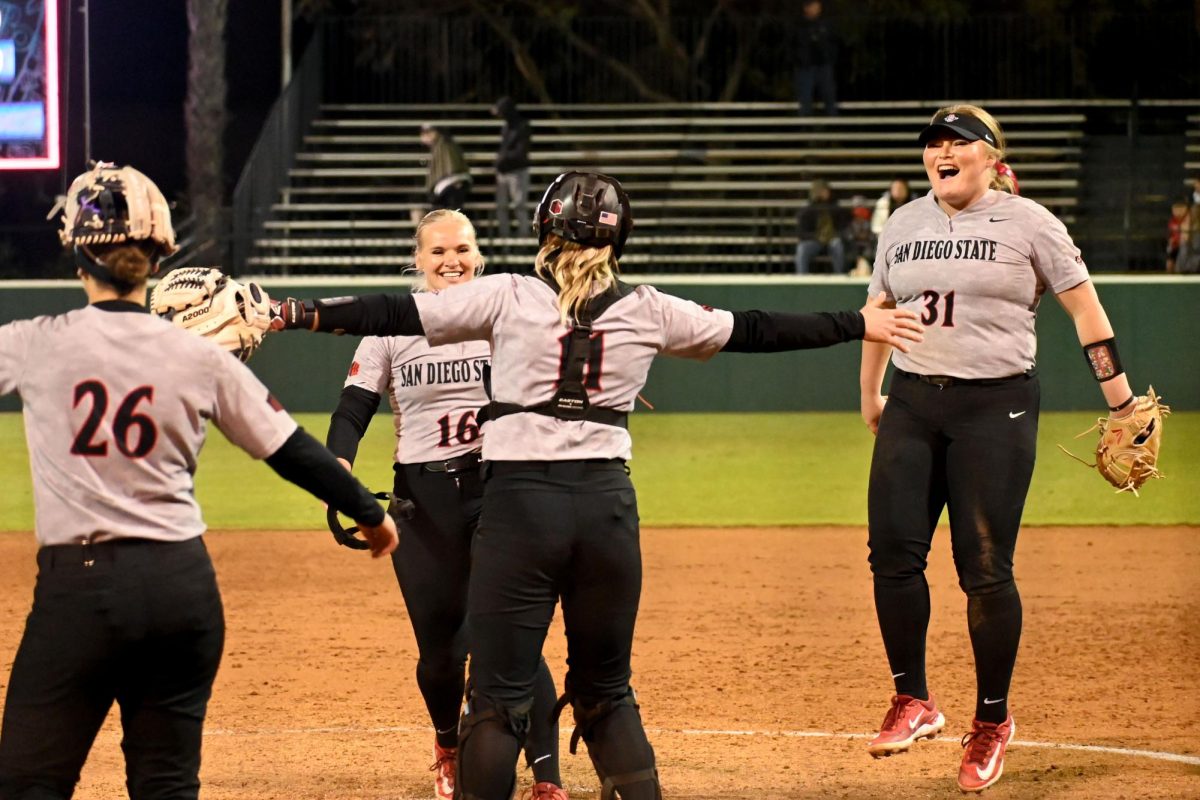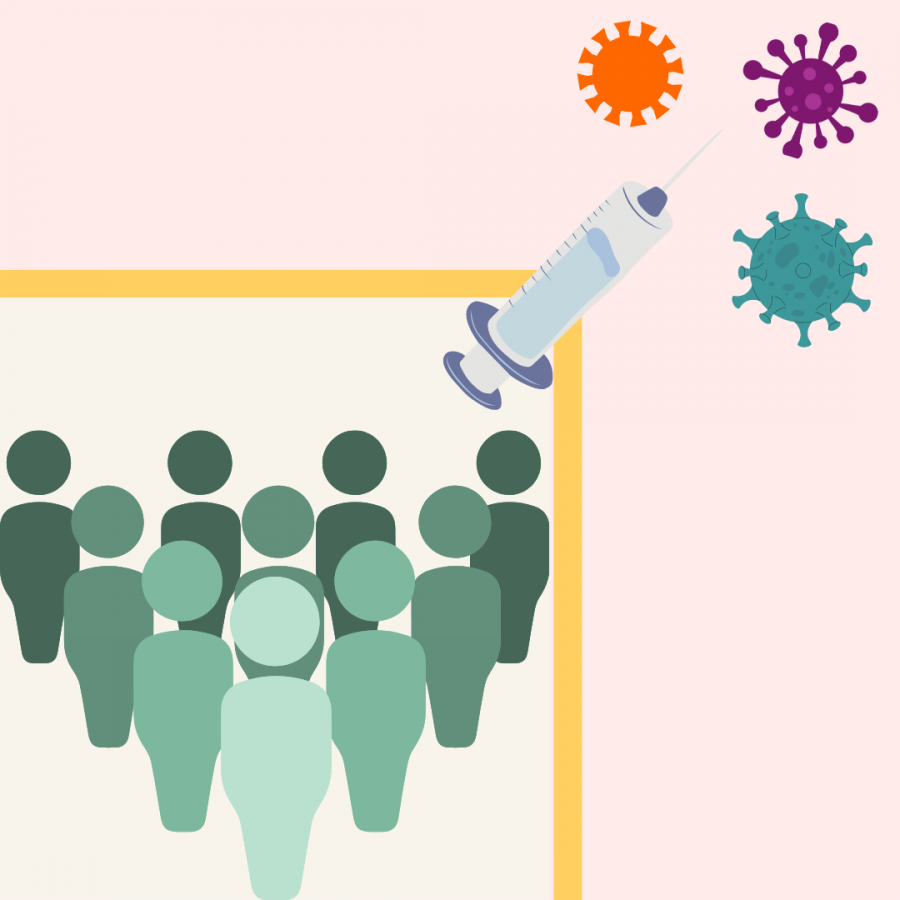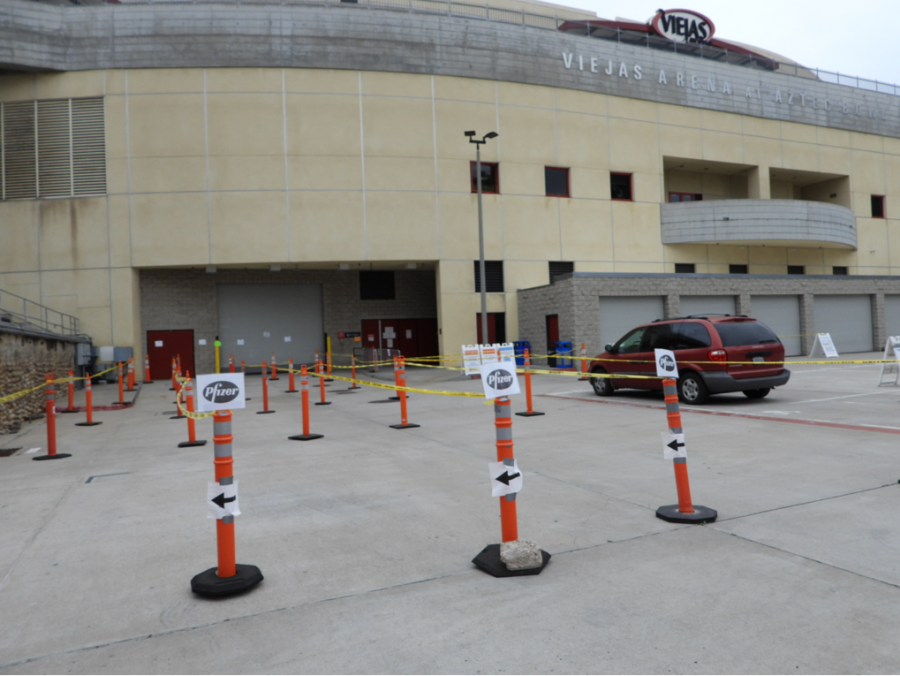In Oct. 2020, many businesses were shuttered and the pandemic raged on. When a friend reached out and asked if I was interested in an internship with the inpatient rehabilitation team at one of San Diego’s hospitals, I was pleasantly surprised.
I interned at this hospital from October 2020 until March 2021. The COVID-19 pandemic was statistically the deadliest and spread the fastest during this time.
My job was to assist the inpatient rehab team, which consisted of physical therapists and occupational therapists. An inpatient intern’s shift typically lasts for four hours and involves rearranging the gym, bringing equipment to the rehab team and providing hands-on assistance with patient care. The internship coordinator made it very clear that interns would not treat active COVID-19 patients.
EXPERIENCING THE PANDEMIC INSIDE OF THE HOSPITAL
From inside the hospital, the precautions seemed normal. Everyone in the hospital wore masks at all times, but when we interacted with patients, we had to wear a face shield or goggles with masks and gloves. Everyone is required to use an exuberant amount of hand sanitizer, as you must sanitize when you go in and out of every patient’s room. The constant smell of alcohol in the sanitizer was nauseating.
Occasionally, I would assist with treating patients with certain conditions which required a protective gown. The rehab therapists I assisted were always careful to ensure that I was at ease doing whatever they asked of me.
Unfortunately, even with all the precautions, we interns were still helping to treat patients and putting ourselves at risk.
In January, an outbreak occurred in a room with six patients. Several nurses, rehab workers, and interns, including myself, had been treating patients in the room.
I was fortunate and never tested positive, and neither did the patient I assisted. Other people in the room, however, did get COVID-19, and the risk to my own safety was real. Shortly after this incident, I was able to obtain my first dose of vaccine.
EXPERIENCING THE PANDEMIC OUTSIDE OF THE HOSPITAL
As I scrolled through social media during this time and saw friends and peers disregard the various safety measures implemented meant to stop the spread of the virus. I did my best to keep my thoughts to myself but every now and then, I would plead with someone to please wear a mask or stop having large gatherings.
I understood them missing the joys of normal life, but things were different for me and other essential workers. The pandemic was now very real and present in my life, and that’s why I felt compelled to speak up. I was helping to treat patients who had previously had COVID-19 but were now in recovery and in need of physical therapy.
I just wasn’t reading statistics about how more people were becoming infected with COVID-19. I began to see it in real-time as the hospital made more and more floors available for COVID-19 patients.
That is why I would get so infuriated when people, some of whom I personally knew, would deny the seriousness of the pandemic or doubt the number of people that have died from this disease.
Experiencing the pandemic in these capacities both at work and at home made it all the more intense for me.
EXPERIENCING THE HOSPITAL REGARDLESS OF THE PANDEMIC
There was a lot I learned and experienced that had nothing to do with the pandemic, especially since this hospital was a level one trauma center. As I walked through the hospital I would often see border patrol outside of patient’s rooms. I learned how these officers accompany immigrants that are unfortunately injured while crossing the border.
A large number of the patients I saw were homeless. I learned about the process the hospital goes through to get each individual into better situations. I was there when some patients would tell the rehab therapist that they would rather live on the street than in a shelter.
I helped treat patients that had drug addictions or overdoses. I assisted with treatment for a patient that was completely unresponsive due to an overdose. Later, the physical therapist made a poignant statement about that patient’s situation: “if you ever needed to show people why they shouldn’t do drugs, bring them here.”
Assisting in the various ICUs of the hospital was probably the hardest part of the internship.
The burn ICU was one of the more difficult parts of the internship while the surgical ICU was one of the saddest parts. Helping these patients impacted me in a way that I can’t quite put into words.
One of the main jobs of the inpatient rehab team is to get patients out of bed and out of the room so they can walk or use a wheelchair.
These moments were my favorite part of the internship.
Talking to people, helping them walk or pushing their wheelchair, then going over to the windows overlooking San Diego and hearing about how they came to live in this beautiful city was absolutely rewarding.
After completing this 200-hour unpaid internship at a level one trauma center from October 2020 until March 2021, I had an outbreak scare, two vaccine doses and good life experiences. I saw so many things that shaped me as a person and will influence the kind of physical therapist I want to be. I hope to return to the same hospital when I’m completing my clinical rotations, so I can continue to learn from the amazing rehab team there.
Jake Greenfield is a senior studying kinesiology.













